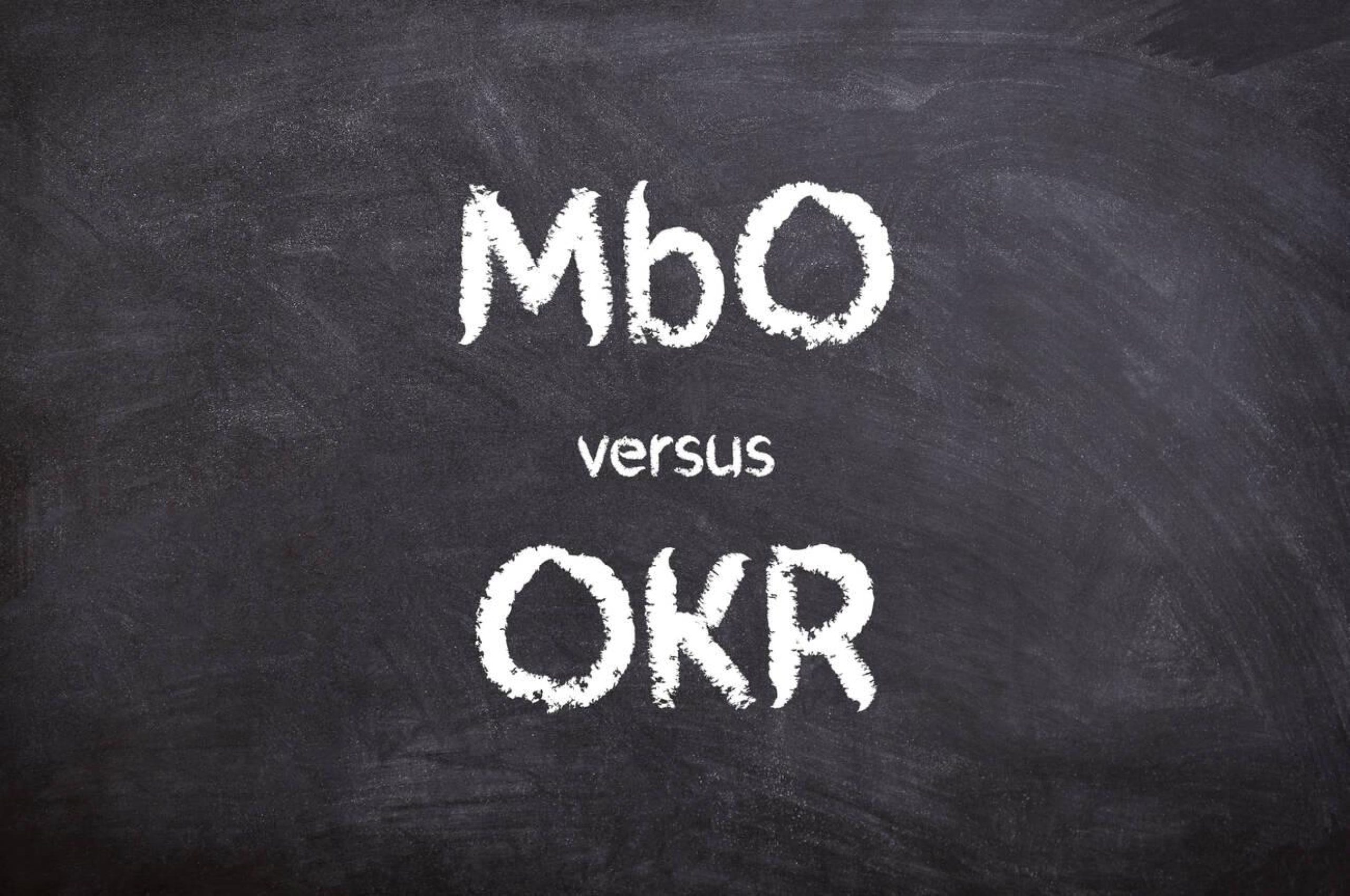In today’s competitive business world, setting clear, achievable goals is essential for success. With so many goal-setting frameworks available, choosing the right one can be challenging. Two popular options are Objectives and Key Results (OKRs) and Management by Objectives (MBOs). Though both aim to drive business results, they differ significantly in their approach and applicability. Understanding these differences can help companies make informed choices about which framework aligns best with their goals and culture.
Understanding OKRs and MBOs
What Are OKRs?
OKRs, or Objectives and Key Results, were popularized by tech giants like Google. This framework focuses on setting ambitious goals (Objectives) and defining specific metrics (Key Results) to measure success. Unlike traditional goal-setting methods, OKRs encourage teams to set stretch goals that inspire innovation.
What Are MBOs?
MBOs, or Management by Objectives, were introduced by Peter Drucker in the 1950s. MBOs are based on defining clear, measurable objectives for employees that align with organizational goals. These objectives are typically agreed upon at the beginning of a performance cycle and evaluated at its end. MBOs emphasize measurable outcomes over aspirational goals, making them a popular choice for established, hierarchical organizations.
The Purpose of OKRs vs. MBOs
The Strategic Intent of OKRs
The main aim of OKRs is to encourage ambitious goals and promote a culture of innovation. With OKRs, teams set challenging objectives that push boundaries, often accepting that not all goals will be fully achieved. This approach is ideal for organizations that prioritize growth, adaptability, and creativity.
The Objective of MBOs
MBOs focus on setting practical, achievable goals that align with specific business needs. This framework is often employed to improve productivity and accountability within established structures. Unlike OKRs, which encourage ambitious targets, MBOs prioritize attainable objectives that can be measured and reviewed objectively.
Structure and Flexibility
OKRs and Their Dynamic Nature
OKRs are typically set for shorter time frames, such as quarterly or monthly. This short cycle allows for regular adjustments based on changing circumstances, making OKRs highly adaptable to evolving market conditions. This flexibility is especially valuable for fast-paced industries like technology and startups.
MBOs and Rigid Structure
MBOs are generally set annually or semi-annually, and changes are rarely made once the goals are established. This rigidity makes MBOs less adaptable to change, but it can be beneficial for industries where stability and consistency are valued.
Goal Alignment and Collaboration
How OKRs Promote Cross-Functional Collaboration
One of the strengths of OKRs is their emphasis on aligning goals across different teams and departments. OKRs encourage employees to work collaboratively, breaking down silos and promoting transparency. By focusing on shared objectives, OKRs enable teams to align their efforts for a common purpose.
MBOs’ Hierarchical Approach to Goal Setting
MBOs often follow a top-down approach where goals are cascaded from senior management to individual employees. While this can help ensure that everyone is working towards the same objectives, it may limit cross-departmental collaboration. MBOs tend to reinforce a hierarchical structure rather than encouraging team-wide goal alignment.
Performance Measurement and Accountability
Measuring Success with OKRs
In OKR frameworks, success is measured by the completion of Key Results, which are specific metrics tied to each objective. These Key Results provide a clear benchmark for tracking progress, allowing for frequent check-ins and real-time adjustments.
Performance Review with MBOs
MBOs are typically reviewed on an annual or semi-annual basis. Performance assessments focus on whether employees met their objectives, with bonuses or promotions often tied to these results. This system provides a structured, predictable evaluation process, which some companies find beneficial for accountability.
Adaptability to Modern Business Environments
OKRs and Their Suitability for Fast-Paced Industries
With their focus on adaptability and ambition, OKRs are ideal for modern, fast-paced industries where flexibility is essential. Companies in technology, media, and startups often prefer OKRs to foster a culture of continuous improvement and resilience in the face of rapid change.
MBOs in Traditional and Stable Industries
MBOs are well-suited to established industries where change occurs more gradually. Sectors such as manufacturing, finance, and insurance may find MBOs beneficial due to their focus on stability and measurable performance outcomes. The predictability of MBOs aligns well with organizations where consistent output is a priority.
Challenges of Implementing OKRs and MBOs
Common Pitfalls in OKR Implementation
Implementing OKRs can be challenging, especially for organizations accustomed to traditional goal-setting frameworks. Common pitfalls include setting overly ambitious objectives or failing to establish clear Key Results. Companies must ensure that OKRs are well-defined and achievable to avoid employee burnout and disengagement.
Common Pitfalls in MBO Implementation
MBOs, while straightforward, can also present challenges. They may become too rigid, stifling creativity and limiting innovation. If not regularly reviewed, MBOs may fail to keep up with market changes, leading to goals that no longer align with business priorities.
Which Framework Is Right for Your Business?
Factors to Consider in Choosing Between OKRs and MBOs
When choosing between OKRs and MBOs, companies should consider factors such as industry, organizational culture, and growth objectives. OKRs are best suited for fast-paced, innovative environments, while MBOs may be more effective in stable, traditional industries.
Examples of Industries and Scenarios for Each Framework
- OKRs: Technology, media, startups, and other sectors requiring high flexibility and collaboration
- MBOs: Manufacturing, finance, and other traditional industries that prioritize measurable, consistent performance
Conclusion
Choosing the right goal-setting framework is essential for achieving organizational success. While OKRs encourage ambition, collaboration, and adaptability, MBOs focus on measurable outcomes and individual accountability. By understanding the differences between OKRs and MBOs, companies can align their goal-setting strategy with their unique culture and business needs.
FAQs
1. What are the main differences between OKRs and MBOs?
OKRs focus on ambitious, collaborative goals, while MBOs prioritize measurable, individual objectives.
2. Can OKRs and MBOs be used together?
Yes, some companies use a hybrid approach, combining OKRs’ adaptability with MBOs’ structure.
3. How do OKRs encourage innovation?
OKRs encourage setting stretch goals, which inspire teams to push beyond their usual limits.
4. What types of companies benefit most from MBOs?
MBOs are effective for traditional industries where stability, structure, and measurable performance are prioritized.
5. How often should OKRs be reviewed?
OKRs are typically reviewed quarterly, allowing for regular adjustments and alignment with changing goals.




